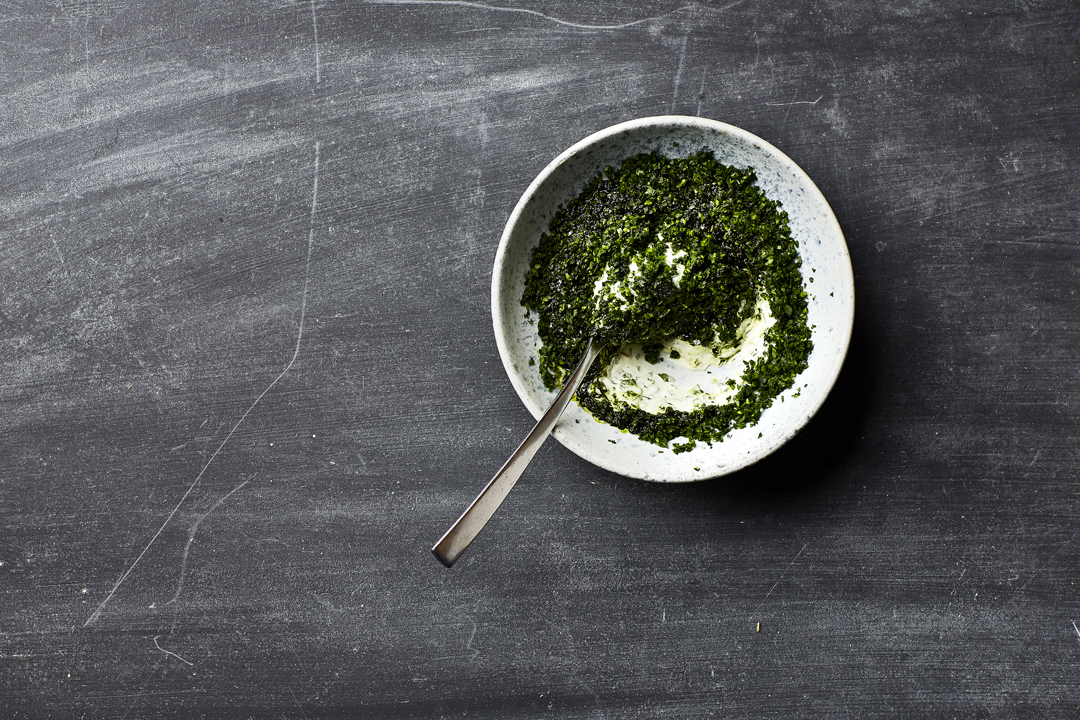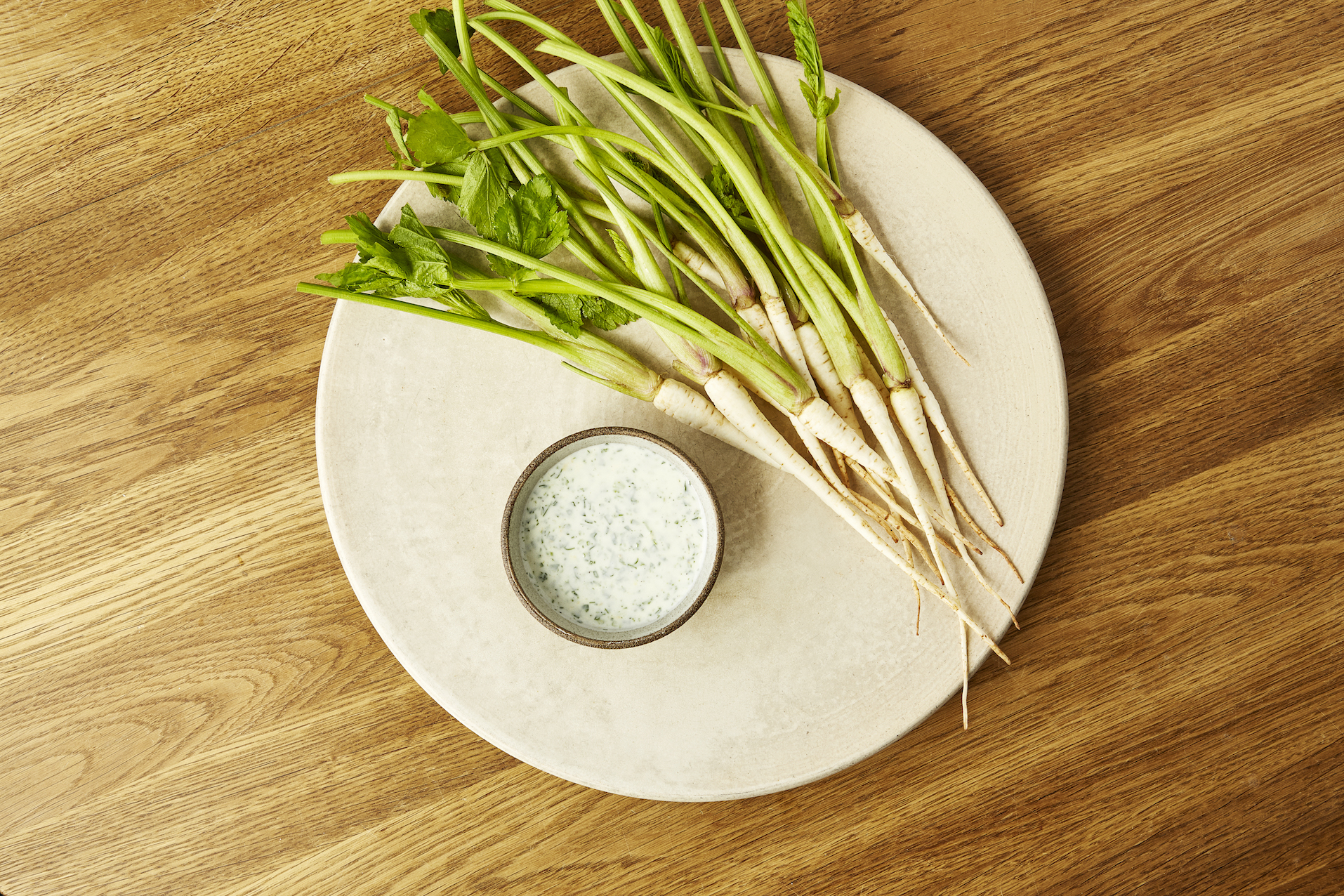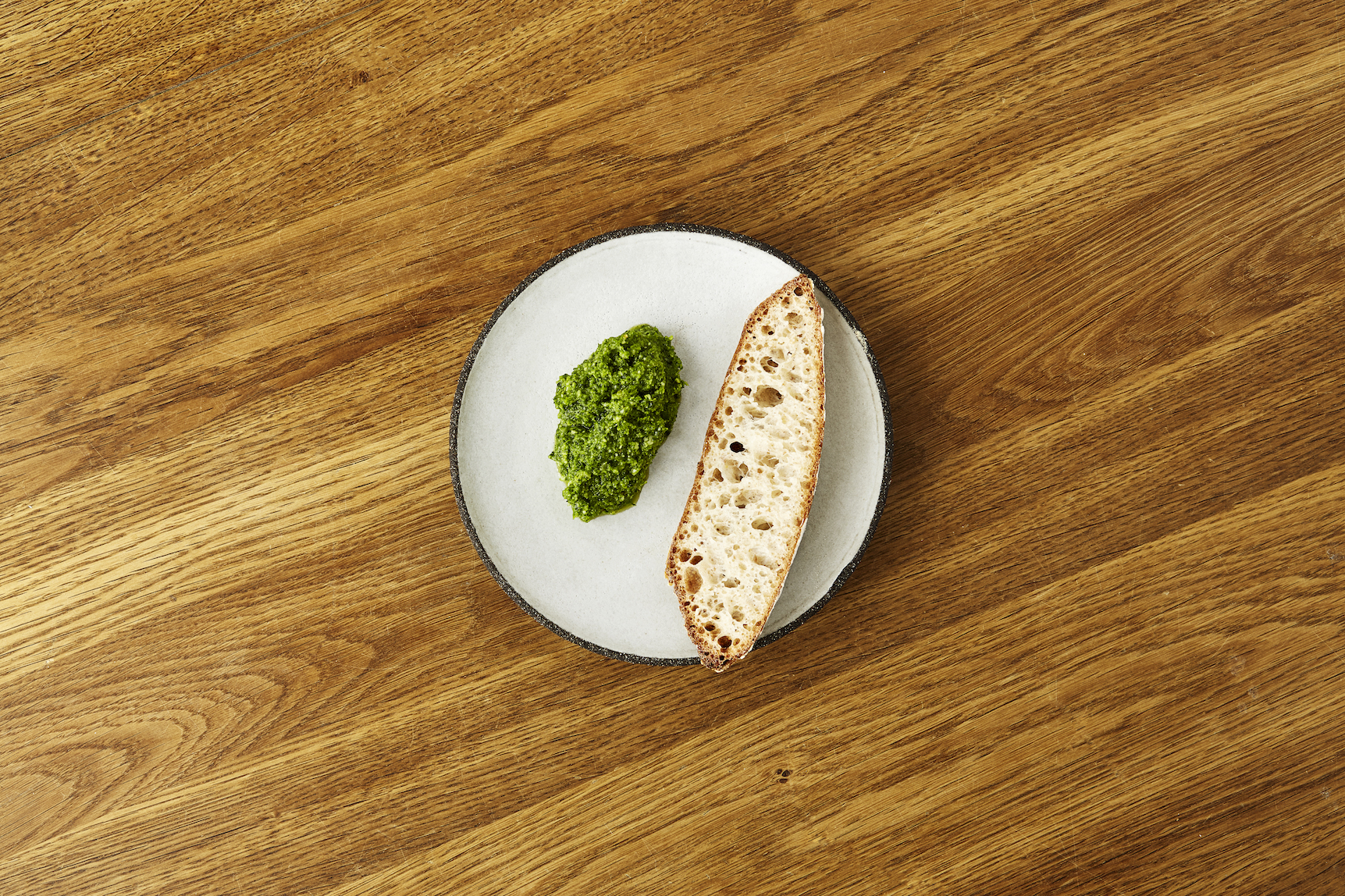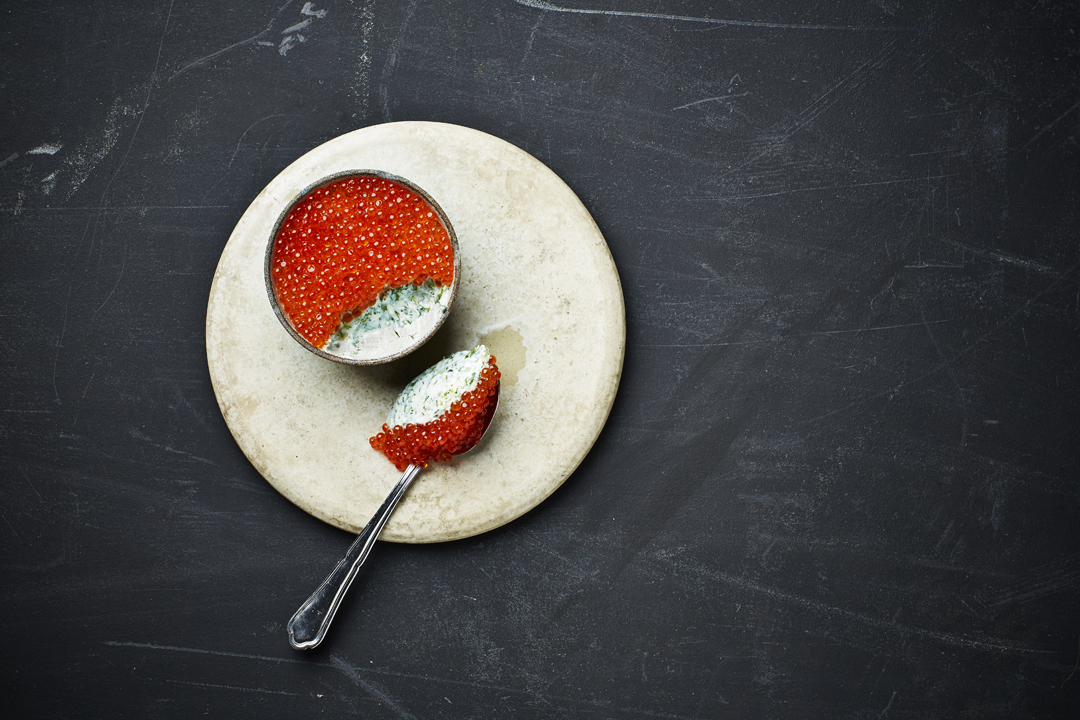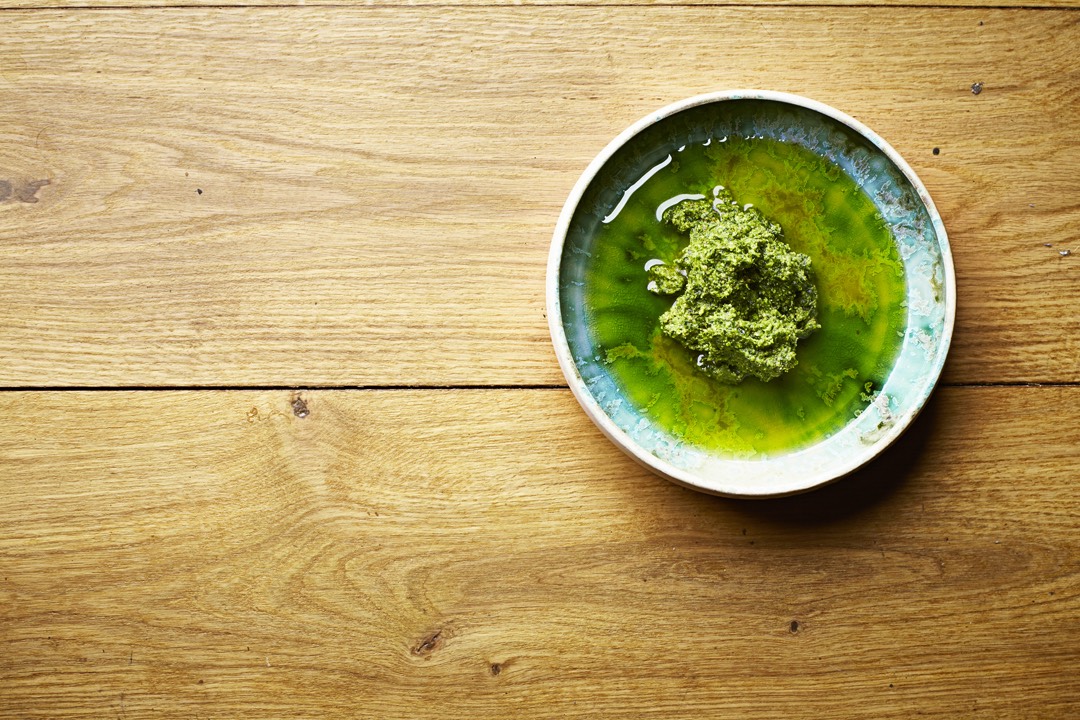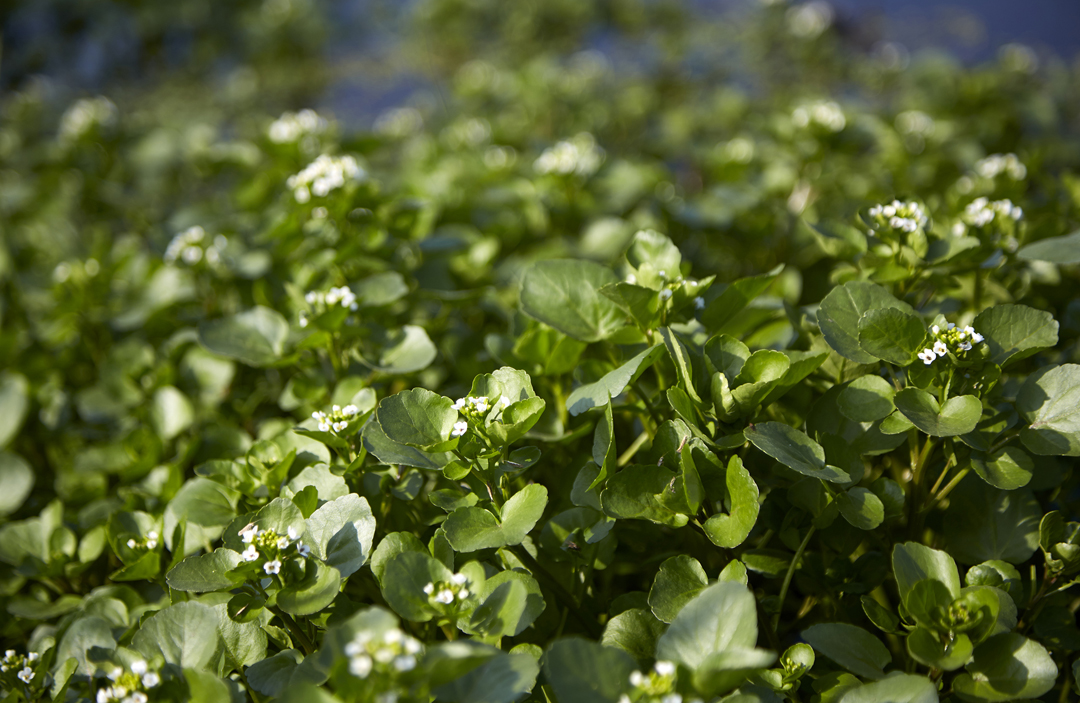
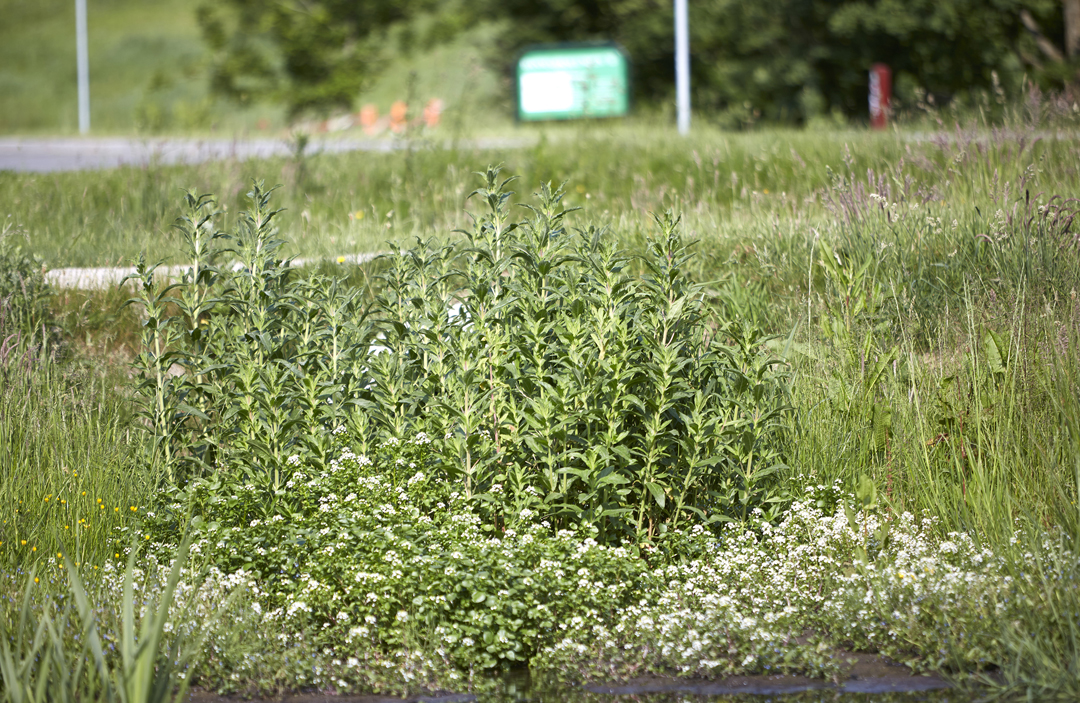
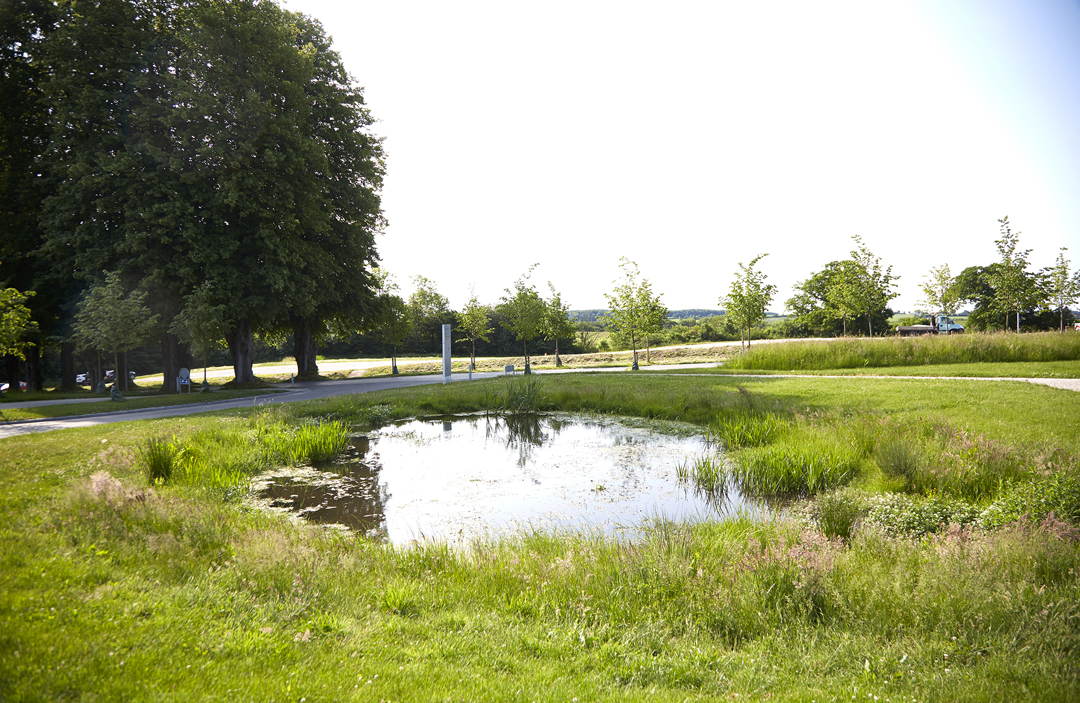
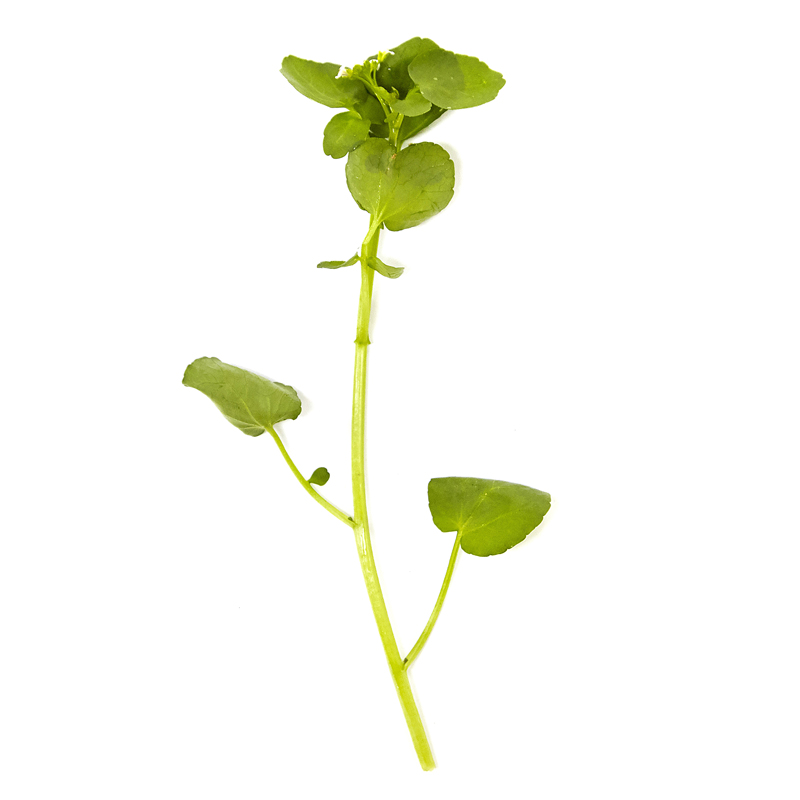
Watercress
Watercress is a sharp-tasting herb that grows abundantly alongside streams and creeks. It has been used in cooking for centuries; watercress soup, for example, is a classic in many cuisines.
-
Where to Find It
Watercress can be found in and around streams, lakes, and creeks that have a good flow of clear water. It can grow on the banks or in the water itself (though in that case, part of the plant will be hidden). Take care not to pick watercress in streams where cattle or sheep graze nearby, as infected animals can transmit a liver fluke parasite to humans.
Lakes, streams.
-
When to Find It
You can normally pick watercress from May until November, but in milder winters you might be lucky enough to find it growing year round.
Entire plant: May, June, July, August, September, October, November.
-
How to Spot It
Watercress can grow 40-60 cm high and has hollow, succulent stems. The leaves are oval-shaped and look like small water lilies. They grow in pairs on side shoots off the main stem and end in a single round leaf. Smooth all over, the plant develops small, white flowers that are yellowish-green in the center.
-
How to Pick It
Cut or snip the young shoots off the plant. When watercress blossoms, its sharpness intensifies, so unless you can't get enough of that flavor, avoid gathering it then.
Risk of misidentifying the plant
The leaves of watercress can be mistaken for the toxic plant lesser celandine, which doesn't grow in water, but in moist soil. Lesser celandine lacks watercress’s stem, growing instead in blankets close to the ground. It develops yellow flowers and doesn't have the characteristic, sharp flavor of watercress. Lesser celandine isn't poisonous in small amounts, so you can taste a bit of it and check if in doubt.


